pure mountains |
en | ru |
Though you're still able to access all information, if you fix it, you'll have a greater visual experience on the site.
alpine eco solutions
| news | project | activities | how to help | resources | team | contacts |
Eco-hut on Mount Elbrus made from the ruins of an old Soviet buildingAugust 2016
Our philosophy "Wolkenhaus" - a house above the clouds, this is what they call mountain huts and shelters in the Alps, many of which were built more than 100 years ago. Huts are an integral part of the high-mountain tradition. They attract young people with their romance, the spirit of the pioneers and discoverers of mountain roads and peaks lives in them. The workers of mountain huts are constant people, devoted to nature, strong as stones, steadfast as the mountains around them. Their enthusiasm, knowledge, experience and soul turn a simple house into a fortress that will withstand any bad weather, in which the traveler feels completely safe. In Russia, including the North Caucasus, there are few mountain huts today. The most famous is the legendary “Shelter-11” on Elbrus, which burned down and has not yet been restored. There are several simple, very old wooden huts in the Adylsu, Adyrsu, Bezengi gorges. They are so small that more than 6 people cannot fit in them. They can only be used for temporary shelter from bad weather, while mountain huts are important transit points on the routes to the peaks. The more difficult the mountain routes, the more thoughtful the huts should be, since they ensure the safety of climbers, serving as a shelter. They are good for warming up, having a snack, providing first aid, asking for help if something is lost on the route or you need to contact rescuers. The history of the mountain eco-hut GoElbrusEcoHut, located on Mount Elbrus at an altitude of 3700 m next to the technical road leading from the Mir station to the Garabashi station (location of GoElbrusEcoHut): We began the construction of the hut by cleaning up the construction and household waste that lay in it and around it - for many years, passing tourists and climbers used the abandoned building as a garbage dump. After removing and disposing of the garbage, we raised the necessary building materials and began restoring the hut. In doing so, we strictly followed environmental standards and safety requirements for such buildings. We restored the roof. We installed windows and doors, and started doing interior work. The hut turned out to be very small, and we had to think through the layout carefully to comfortably accommodate people in it. Many years of experience working in the mountains have suggested what climbers need to live at altitude: thanks to strong, warm walls, in bad weather, you don’t feel the elements inside the house, you don’t feel the wind. In winter, even without turning on the heating, the temperature in the room does not fall below +5 degrees. Common area: Kitchen: Sleeping area: Hygiene and toilets: The men's and women's toilets are outside, they are compost-peat, the only ones of this kind on Elbrus and in the region. Similar toilets have long been used in cold northern countries (Finland, Norway, Sweden) and in modern alpine huts, since they are harmless to the fragile mountain ecosystem. Compost is safe for the environment, groundwater is not polluted. We pay close attention to cleanliness, cleaning and disinfecting public places several times a day. Organization of garbage removal (MSW): We have received an expert opinion on the compliance of the hut with safety standards, but today, for a number of reasons, we do not use the hut for commercial purposes. We have planned to reconstruct the hut in 2025. We will complete the exterior finishing with special materials resistant to adverse weather conditions. We will increase the area of the public area of the first floor. We will arrange a veranda, equip a system for the extraction of technical water. Let's switch to using solar panels to generate electricity and heat, including for heating the house, heating water and accelerating the composting process in cold weather. Such small mountaineering shelters as the GoElbrusEcoHut eco-hut can serve as a kind of testing station, on the basis of which eco-technologies can be researched, implemented and modernized. In the center of the common area of the hut, we installed a 100-year-old, very well-preserved wooden pole from "Shelter-11" - a symbol of respect for ancient mountain traditions. We believe and hope that our mountain hut will serve people for many years. My soul has lived in the mountains since early childhood. It was the mountains that became my dream, love for life, giving me a future profession and calling. My childhood from 3 to 6 years old was spent in a small mountain village in the Peruvian Andes, where my father worked as an agronomist. I got my first high-altitude experience when I was just a child. This village was at the same altitude as the GoElbrusEcoHut on Elbrus - 3700 meters. At the age of 22, I first came to Russia. Having visited Elbrus once, I began to return here again and again, each time discovering new directions and points of attraction. In 1995, realizing that I could not live without these peaks, I stayed here to live. I have been associated with Elbrus for 30 years of work and more than 400 ascents as a guide. What do I dream about now? About the mountains! Beautiful snowy peaks! I want to teach and pass on my mountain experience to people who, with the enthusiasm of pioneers, go to the mountains and look with burning eyes at the highest peak in Europe - Mount Elbrus! Mountains train. Mountains make us more resilient and stronger. The more difficult the route, the more effort you need to put in, overcoming and improving yourself. Having discovered the mountains for yourself once, let's save them for the future. 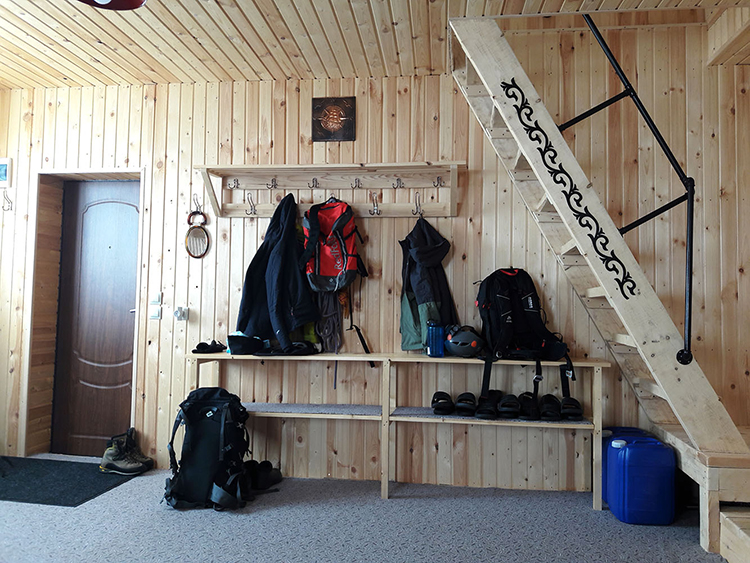 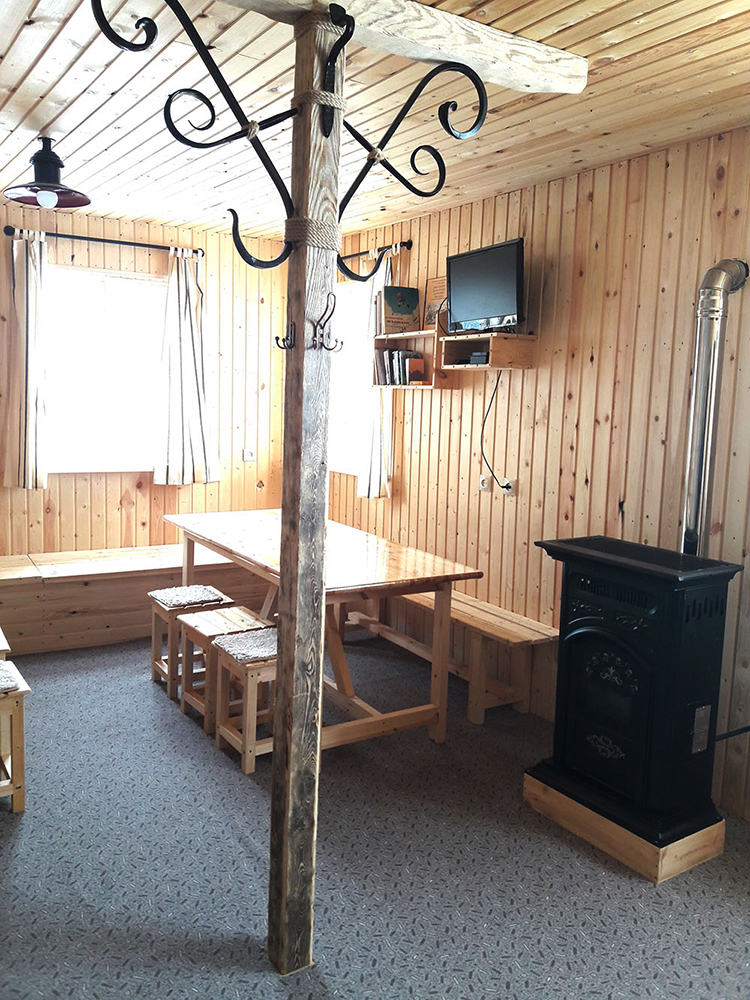 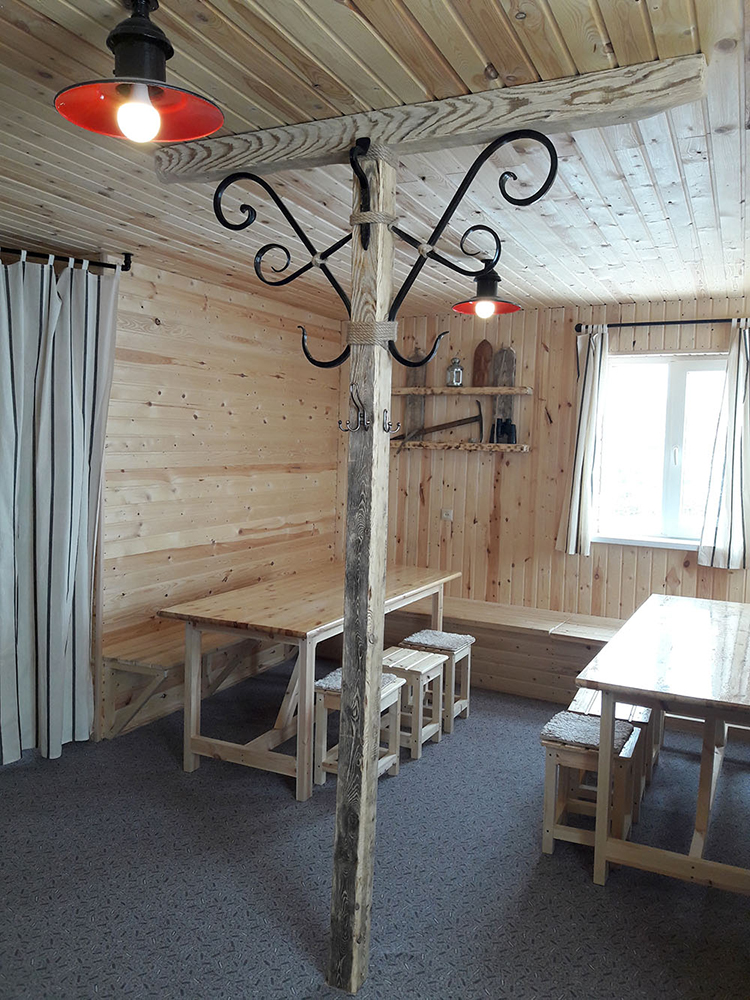 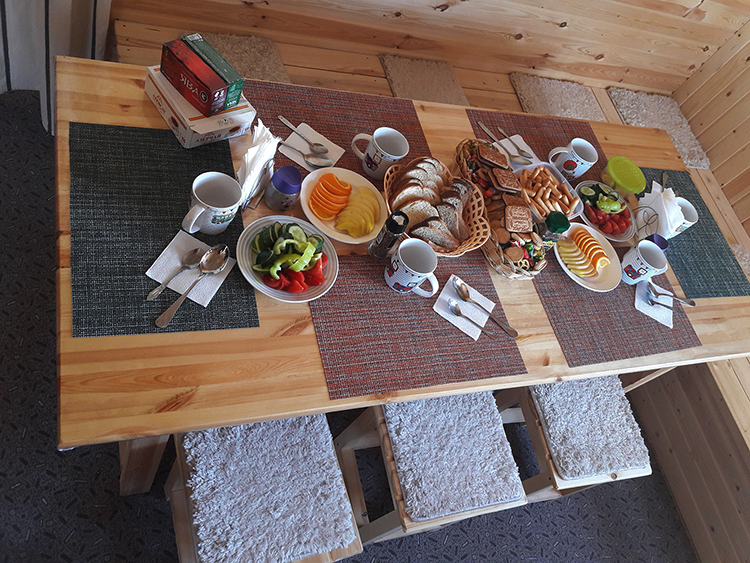 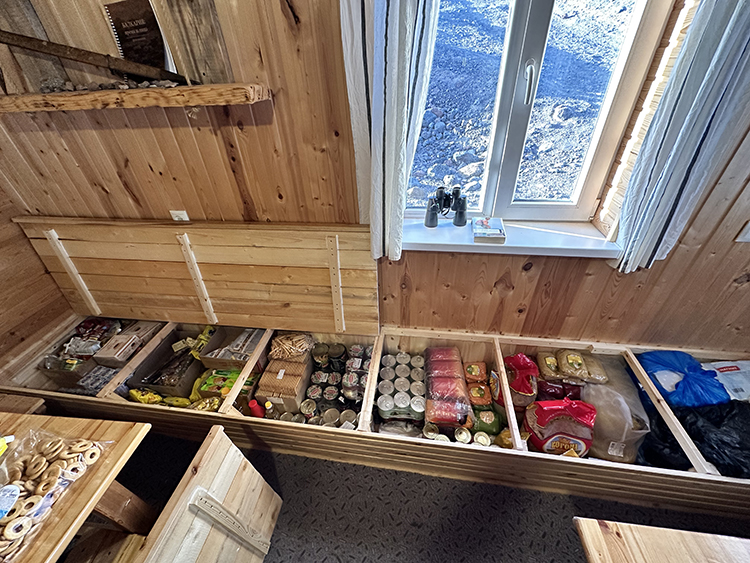 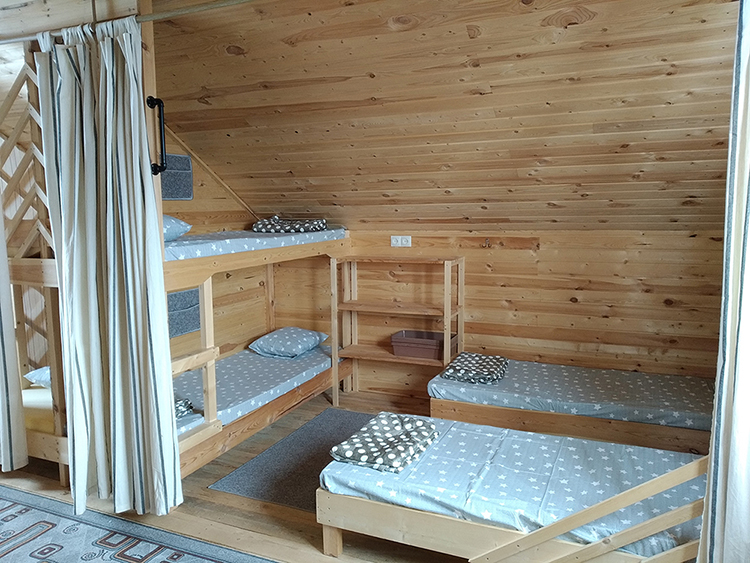 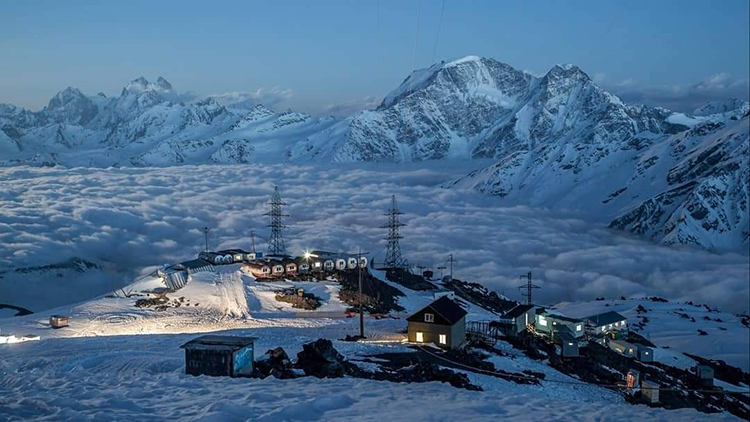
|
||
|
|||||